This month's Galactoscope features a pair of tales from two of the genre's bigger names. Just the sort of mid-summer pick-me-up to get you through the Dog Days… Siriusly!"

by Gideon Marcus
October the First is Too Late, by Fred Hoyle
Fred Hoyle, a prominent British astronomer and also a popular science fiction author (recently of A for Andromeda fame) has come out with quite an interesting little novel. October the First is Too Late is several things in one, which I suppose makes sense given the subject.
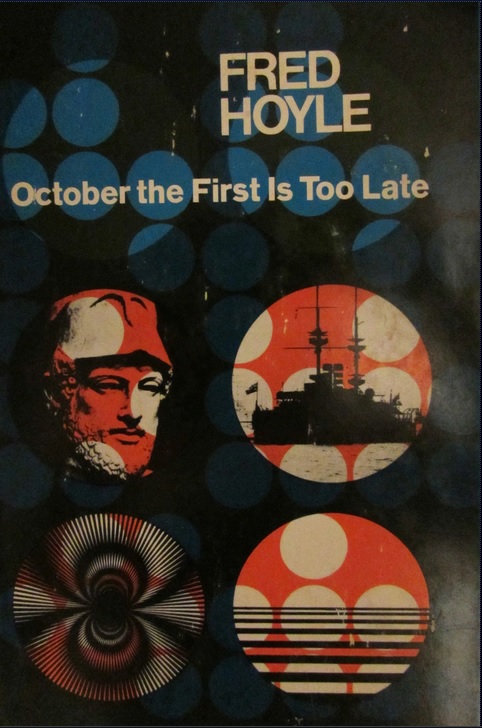
The story begins in modern day. Our protagonist, Richard, is a rather prominent composer coming off a disappointing show in Germany. He meets up with an old college buddy, a brilliant physicist (John Sinclair), and the two head off to the Scottish Highlands for a trek. It's a pleasant jaunt with one odd episode: halfway through, John disappears for 30 hours, and when he turns up, he is missing a birthmark he's had all his life.
Coincident with this, the interplanetary rocket for which John prepared some of the experiments has detected odd emanations from the Sun. Perhaps they are modulations of an extraterrestrial beacon system, or maybe their tremendous energies have a more sinister purpose. Sinclair and our viewpoint character head to Hawaii to process the latest data — only to find themselves hurled into a crazy, splintered world. Hawaii is alright, and Fiji, and maybe England. But the rest of the world has become a jumble of different timezones, assembled like a strange jigsaw puzzle.
Why has this happened, and if it be an artificial occurrence, who is responsible?
October is a strange, meandering piece. It hardly does anything for 52 pages, then becomes an exciting voyage of discovery. The last third is something else yet again, something like G.C. Edmondson's The Ship that Sailed the Time Stream. It shouldn't work, with its chatty digressions and frequent scientific/philosophical expositions…and yet it does. October is a highly readable, breezily intelligent novel. It's one I can see myself picking up again for a few more reads, and I imagine it could appear on next year's Hugo ballot.
Four stars.
The Judgment of Eve, by Edgar Pangborn

by John Boston
Edgar Pangborn is one of the finer writers and more luminous spirits to grace SF’s disreputable precincts. After winning the International Fantasy Award for his second SF novel, A Mirror for Observers (1954), he took a detour and published a historical novel, Wilderness of Spring (1957), and a contemporary novel, The Trial of Callista Blake (1961). But in 1964 he returned to SF with Davy, a post-nuclear-war story which made the Hugo ballot and to my taste probably should have won.
Davy portrayed a world centuries after nuclear war in which our present society's knowledge has mostly been lost, and the remainder forbidden by a repressive church. That is, absolutely nothing original; the book was made by the characters and by the vivid detail in which Pangborn imagined a world whose outlines have grown all too familiar during the post-Hiroshima course of SF. The frame is that Davy is writing a memoir of his picaresque adventures, with a goodly dollop of libertarian philosophizing along the way. The result is sometimes reminiscent of Mark Twain, though hints of Jubal Harshaw drift in occasionally.

by Lawrence Ratzkin
Pangborn’s new novel The Judgment of Eve is another, and less satisfactory, kettle of fish. It is set about 30 years after the war, which it turns out involved few actual bombs, but a long siege of plagues, greatly depopulating the world but not irradiating it. Eve Newman, 28 years old, lives with her elderly and blind mother in a farmhouse far down a gravel side road; they’ve had no contact with other humans for many years, except for Caleb, seemingly a half-witted mutant.
Then three guys show up at the door, fleeing from a repressive settlement, and of course they are all smitten by young Eve, and she is smitten by the idea of having a mate. But she has to make a choice, obviously (at least in this book’s moral universe). So she sets them all a task: go forth and figure out what love is, and report back at the beginning of October, a few months away. The rest of the book consists of the separate accounts of what each suitor does and finds before their reunion at Eve’s place.
Sounds like a fairy tale, and if you don’t figure it out on your own, the point is rubbed in by a brief reading from Grimm before Eve issues her orders. Further, this purports to be a critical edition of the Judgment of Eve legend by scholars of later centuries, meaning that as you read the novel, obtrusive commentary pops up all too frequently concerning the relative plausibility of this and other versions, with occasional bursts of sarcasm concerning competing scholarly points of view.
It’s unusual to see a writer so gifted get in his own way so conclusively. Pangborn is an unassumingly graceful stylist and a compelling story-teller, with a special talent for portraying physical settings and for convincingly developing the inner life of his characters. The supposed critical commentary here has about the same effect on the reading experience as auto horns honking outside the window, while the fairy-tale frame distances the reader from the otherwise engaging story and characters.
But still, most of the time it’s a pleasure to read. Pangborn’s failure is more worthwhile than many writers’ successes. Three and a half stars.

![[July 14, 1966] October's Judgment (July Galactoscope)](https://galacticjourney.org/wp-content/uploads/2021/07/660714coversjpg-672x372.jpg)

![[July 8, 1966] South Pohl (August 1966 <i>Galaxy</i>)](https://galacticjourney.org/wp-content/uploads/2021/07/660708cover-672x372.jpg)








![[June 30, 1966] Not Reading You (July 1966 <i>Analog</i>)](https://galacticjourney.org/wp-content/uploads/2021/06/660630analog-500x372.jpg)










![[June 23, 1966] Interlude, with panthers](https://galacticjourney.org/wp-content/uploads/2021/06/660623bp1-643x372.jpg)








![[June 16, 1966] Calm Spots (July 1966 <i>Fantasy and Science Fiction</i>)](https://galacticjourney.org/wp-content/uploads/2021/06/660616cover-672x372.jpg)







![[June 8, 1966] Pyrrhic Victory (the flight of Gemini 9)](https://galacticjourney.org/wp-content/uploads/2021/06/s66-28075-672x372.jpg)







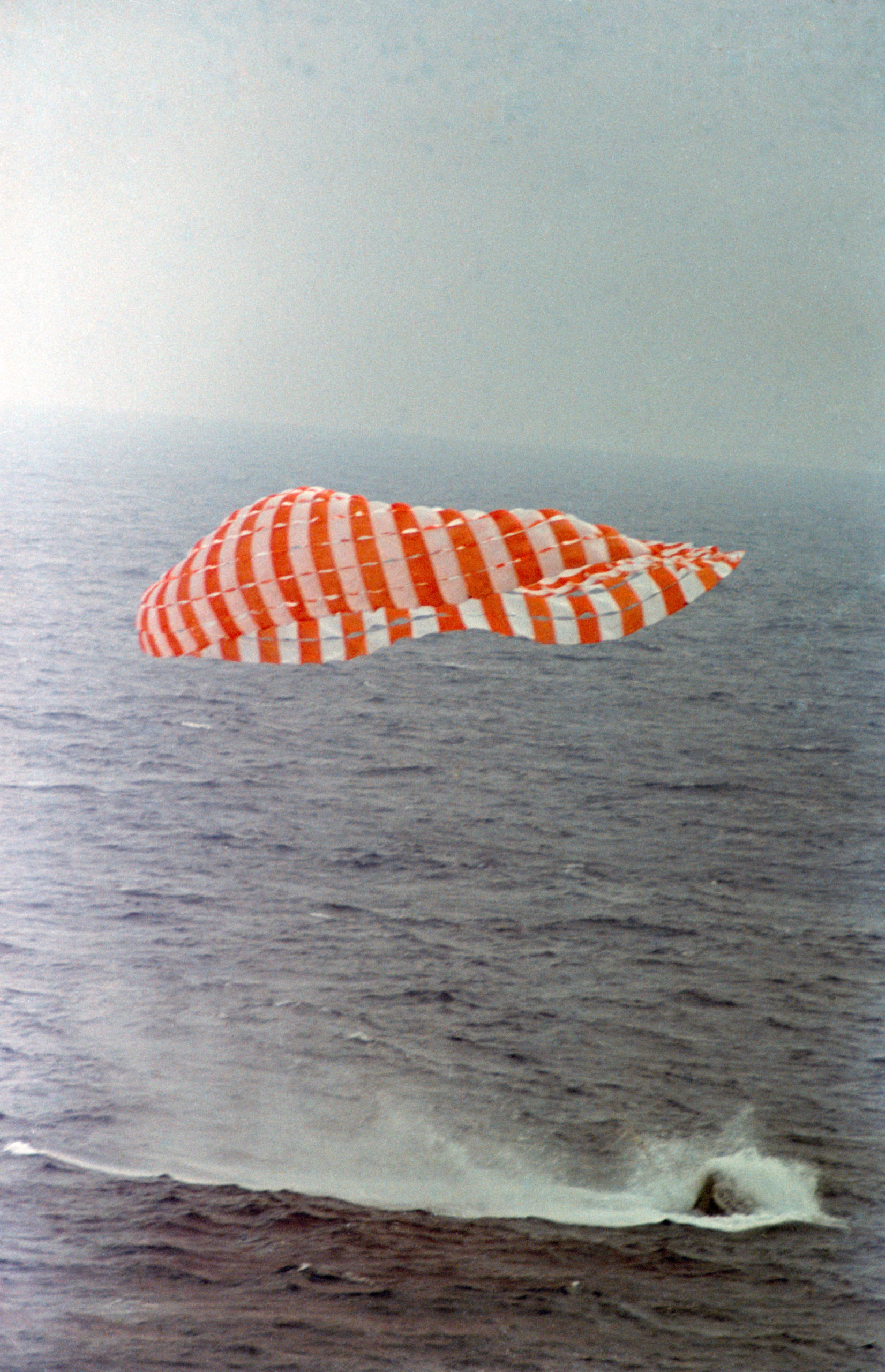

![[June 4, 1966] Over Under Sideways Down (Surveyor 1, Explorer 32, Kosmos 110 + 119!)](https://galacticjourney.org/wp-content/uploads/2021/06/660602surv2a-672x372.jpg)
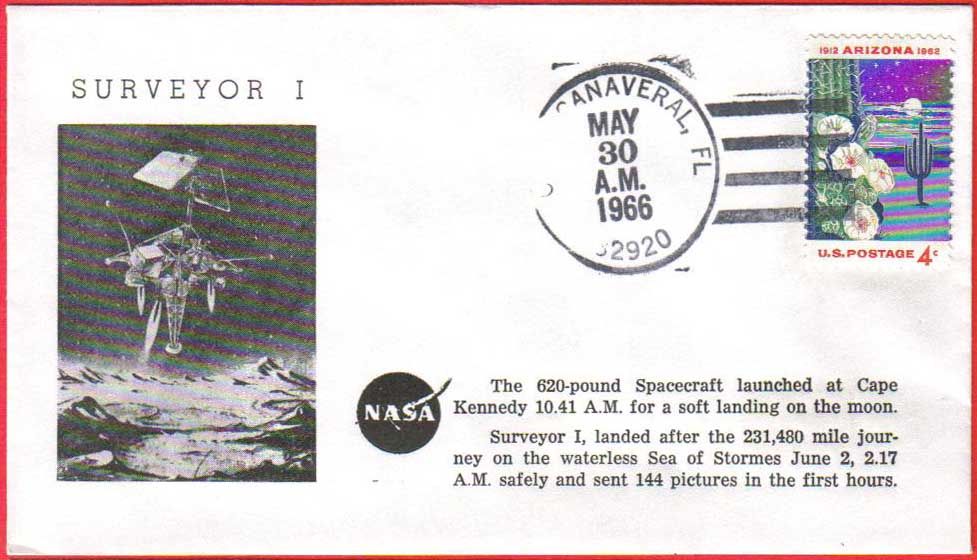
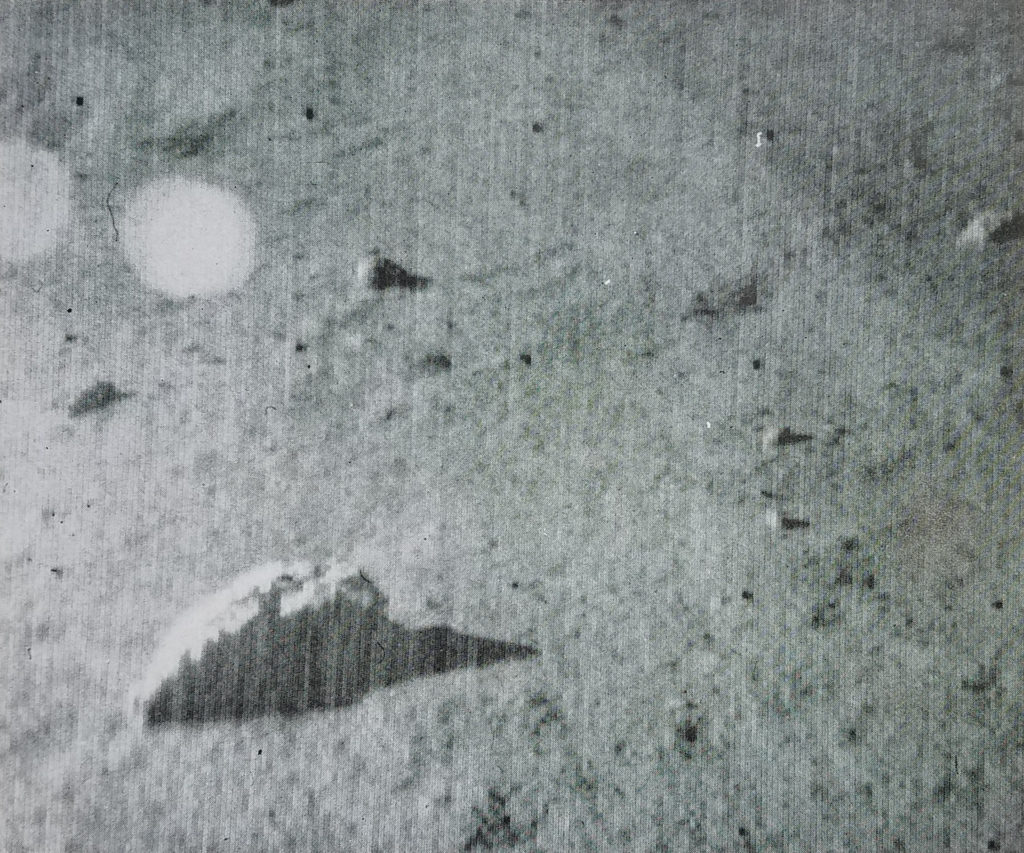
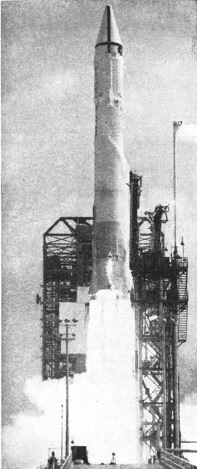
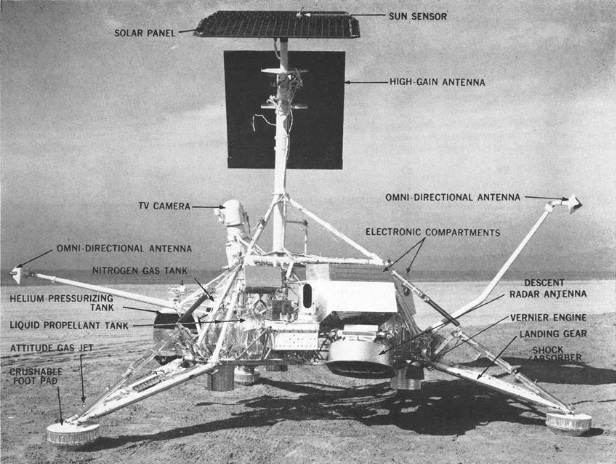
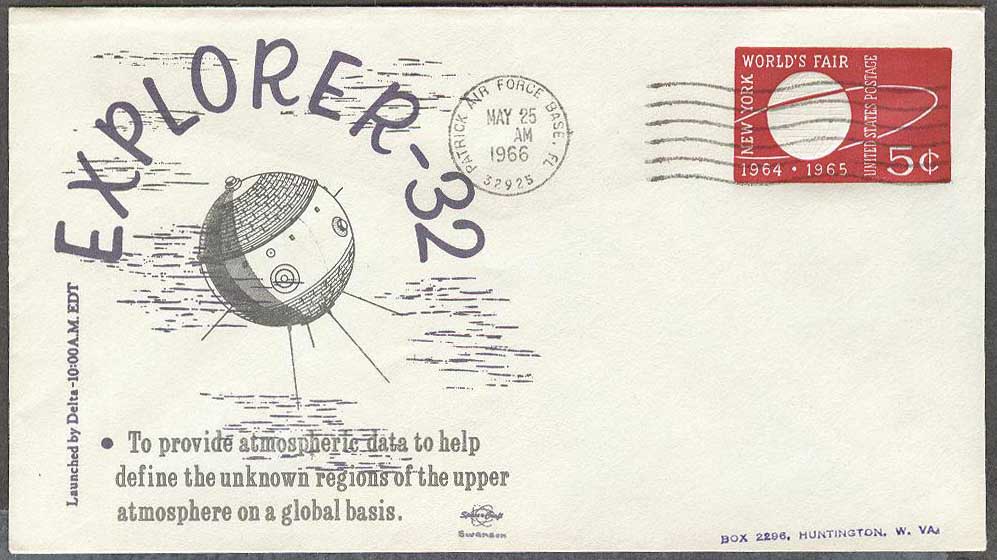
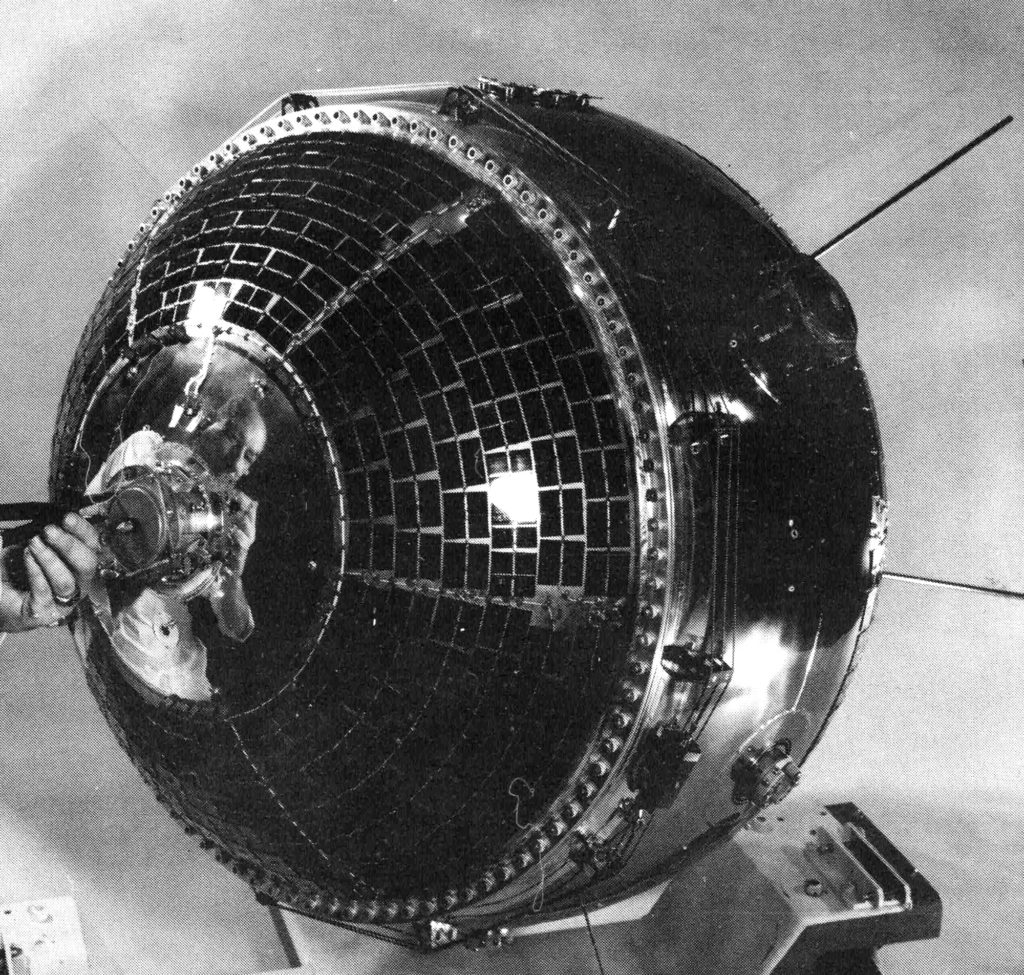

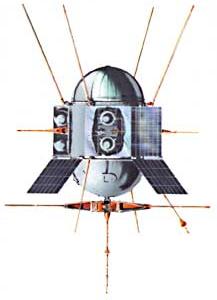

![[May 31, 1966] Worth Remembering (June 1966 <i>Analog</i>)](https://galacticjourney.org/wp-content/uploads/2021/05/660531cover-672x372.jpg)

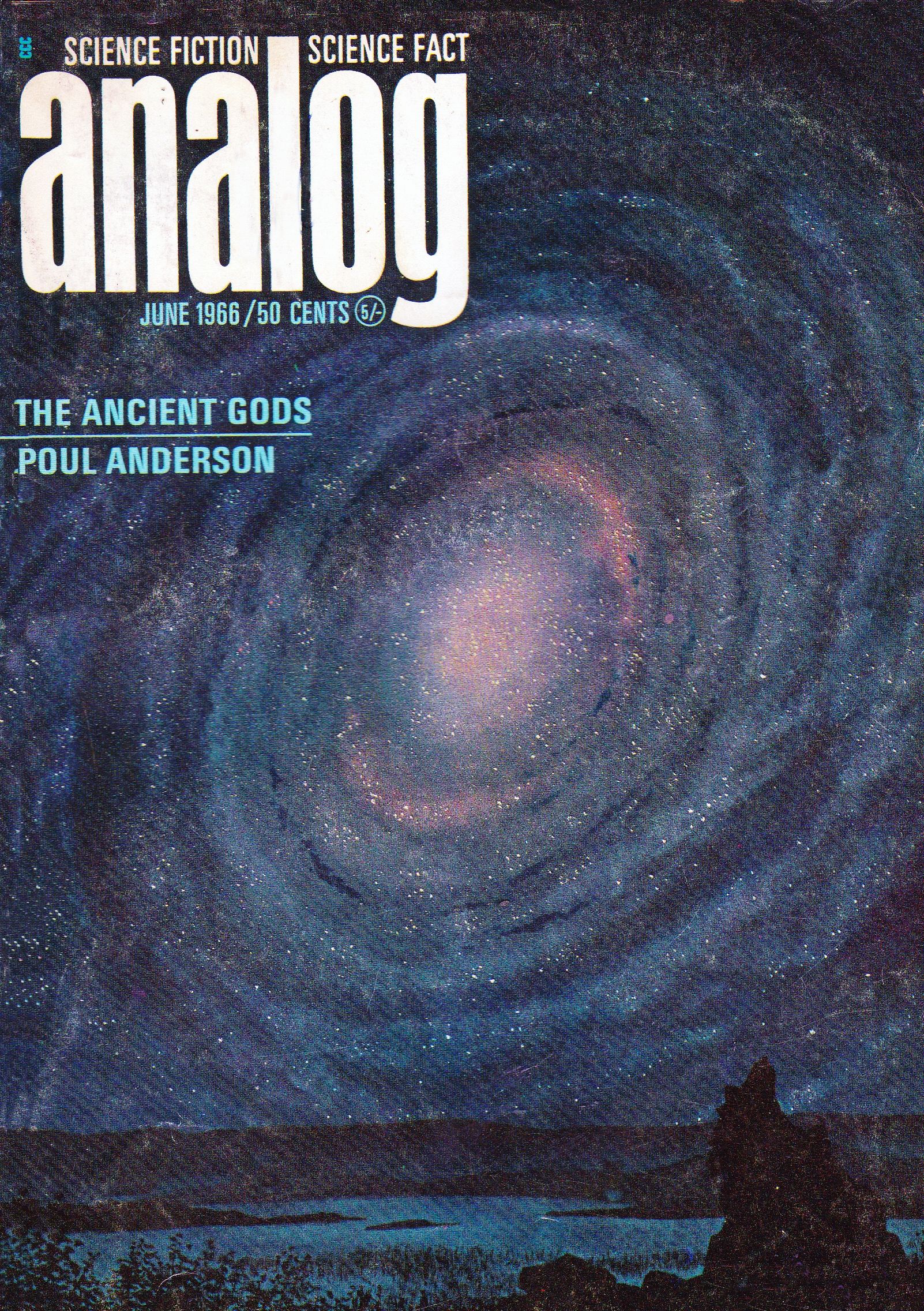

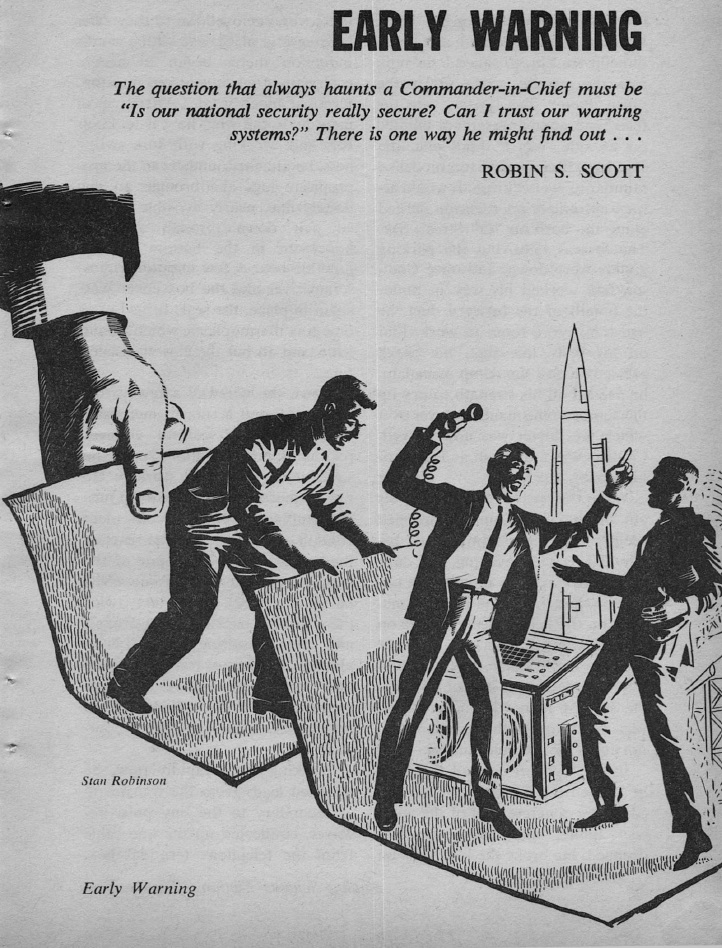
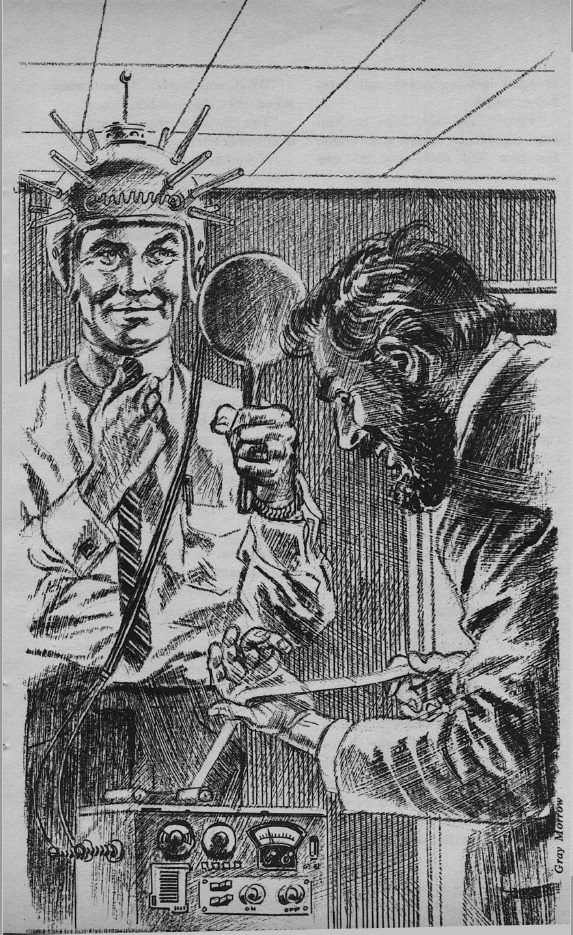
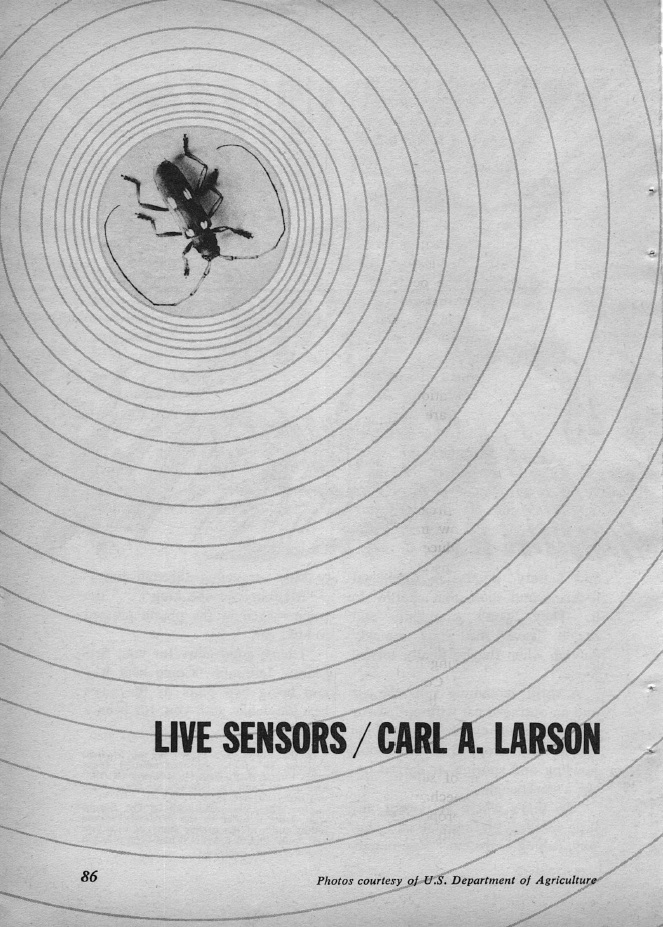



![[May 20, 1966] Things to Come and Things that Are(June 1966 <i>Fantasy and Science Fiction</i>)](https://galacticjourney.org/wp-content/uploads/2021/05/660518cover-669x372.jpg)



![[May 10, 1966] Rocky Jaunts (June 1966 <i>Galaxy</i>)](https://galacticjourney.org/wp-content/uploads/2021/05/660510cover-672x372.jpg)











